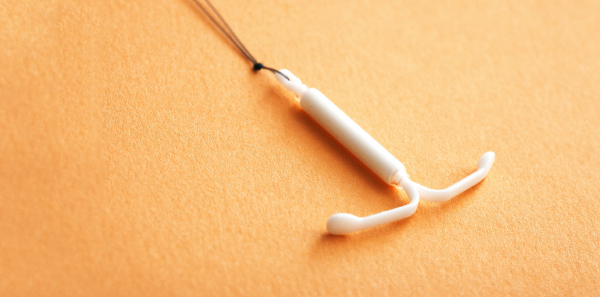
The Case
A 23-year-old woman with no significant past medical history presents to your emergency department with one-day history of gradually worsening left lower quadrant (LLQ) abdominal pain. Her last menstrual period is unknown, as she reports she no longer has regular menstruation since having a Mirena intrauterine device (IUD) placed 18 months ago. She reports vaginal spotting a few days ago, which resolved. The pain is mild and intermittent without vomiting, diarrhea, fever, or dysuria. Her vital signs are blood pressure 108/68, heart rate 108, respiratory rate 16, oxygen saturation 99 percent, and temperature 98.7° F orally. On exam, she is tender to palpation in the LLQ.
Explore This Issue
ACEP Now: Vol 38 – No 09 – September 2019Background
IUDs are a form of long-acting reversible contraceptive and one of the most effective reversible contraceptive methods.1 A summary of their actions and mechanisms is listed in Table 1.
Bottom line: As the popularity of IUDs has increased, the importance also increases for emergency care providers to understand the use and pathologies associated with IUDs. Given the increasing popularity of this method of contraception, we may see more IUD complications in the emergency department.2 Complications with IUDs include expulsion, method failure/unplanned pregnancy, uterine perforation, pelvic inflammatory disease, abdominal or pelvic pain, dysmenorrhea, and abnormal bleeding.3
Approach to Abnormal Uterine Bleeding, Abdominal/Pelvic Pain
In addition to the above IUD-specific complications, new onset of abnormal uterine bleeding and abdominal or pelvic pain should be evaluated similarly to that of non-IUD users with the differential diagnosis including:
- Complications of pregnancy
- Pelvic inflammatory disease
- Urinary tract infection
- Intra-abdominal processes
- Ovarian cyst or torsion
- Gynecologic malignancy
Initial management of the patient with abnormal uterine bleeding should include a pelvic examination (to attempt IUD string visualization) with a possible pelvic ultrasound to assess IUD location.4
Pregnancy with an IUD
When a patient with an IUD is determined to be pregnant, the first priority is to determine the location of the pregnancy. Women who become pregnant with an IUD in place are more likely to have an ectopic pregnancy.1
Interuterine Pregnancy: Determine the woman’s desire to continue or terminate the pregnancy, gestational age, IUD location, and whether IUD strings are visible.5
For women with an IUD desiring pregnancy continuation, IUD removal is recommended. Retained IUDs have increased risk of spontaneous abortion, septic abortion, chorioamnionitis, placental abruption, placenta previa, cesarean delivery, low-birth-weight infants, and preterm delivery especially.
If the strings are visible and the IUD can be easily removed from the cervical canal, it is recommended to do so; however, if the strings have retracted into the uterus, ultrasound-guided IUD removal may be performed by a specialist but may disrupt a wanted pregnancy. Patients will need to be counseled appropriately.5,6 After IUD removal, women who conceived with an IUD in place remain at high risk for complications compared to pregnancies conceived without an IUD.6 For women desiring pregnancy termination, the IUD can be removed prior to or during a medical abortion.5
Ectopic Pregnancy: Use of an IUD does not increase the absolute risk of ectopic pregnancy because it prevents pregnancy effectively. However, if pregnancy is suspected and confirmed with an IUD in place, the pregnancy is more likely to be ectopic.5 Point-of-care ultrasound can assist with rapid, accurate diagnosis of ruptured ectopic pregnancy. Pregnant patients with an empty uterus on ultrasound but without clear signs of ectopic pregnancy, such as extra-uterine gestational sac, adnexal mass, or free fluid, are classified as having a “pregnancy of unknown location” and require reliable follow-up until the pregnancy location can be confirmed.7
Pages: 1 2 3 4 | Single Page




No Responses to “How to Approach Patients Who Have an Intrauterine Device”